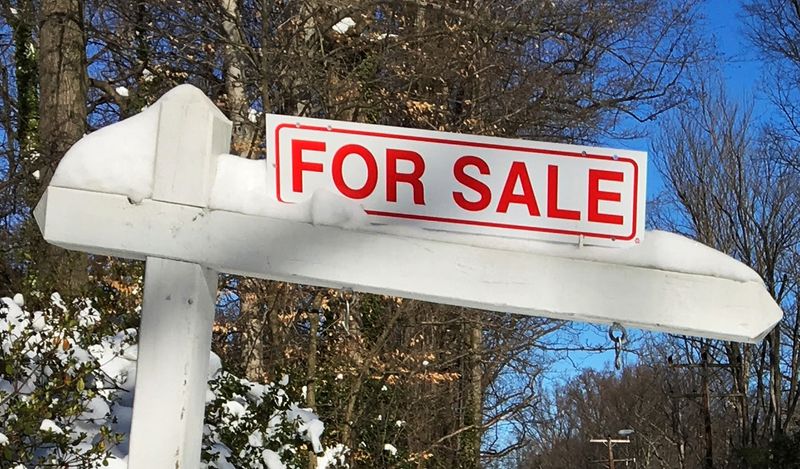By Amina Niasse
NEW YORK (Reuters) - Some Americans who have been priced out of the tight residential real estate market are turning to prefabricated homes, helping to power a nascent recovery in sales of a far less expensive home-buying option.
Shipments of manufactured homes were up for five months in a row through August, the most recent month for which data is available, according to the Census Bureau. They have risen by 7% to a seasonally adjusted annualized rate of 89,000 from 83,000 in March, the lowest since May 2020.
A combination of high mortgage interest rates and high prices for both new and existing properties has put purchasing a home beyond the reach of many prospective buyers. That appears to be boosting demand in the prefabricated housing market, a sector that has lost market share in the past decade.
"Interest rates are pushing people who are on the cusp of being able to afford building a new custom home out of the running right now," said Brian Abramson, CEO of Method Homes, a higher-end modular homes builder. "There's going to be continued interest in prefabricated homes because it's a window to building."
Unlike homes built on site, Abramson said factory-built homes don't require nearly as much on-site labor and don't face the project cost-escalations common to "stick-built" houses.
Method Homes saw a 10% increase in incoming business this year through the third quarter on the heels of no growth in 2022, Abramson said.
OVERCOMING STIGMA
Elevated rates on home loans in response to the Federal Reserve's rate-hike cycle have cut into buyer affordability, with the average mortgage payment for a new home loan taken out in September costing 11% more than last year’s average of $1,941, according to the Mortgage Bankers Association. The average contract rate on a 30-year fixed mortgage rose to 7.90% last month, the highest in over two decades.
As of May, the most recent month for which data is available, the average price of a prefabricated home was $129,900, according to Census data. Even after factoring in the cost of a typical building lot of nearly $110,000, a pre-fab home comes in about 40% cheaper than new or existing site-built homes.
But even with such a large price differential, the prefabricated industry has struggled to regain market share after the 2007-2009 financial crisis due in large part to consumer concerns that the cheaper price point translates to lower quality, said Danushka Nanayakkara, assistant vice president of forecasting at the National Association of Homebuilders (NAHB).
"There's a stigma attached to modular panelized construction because people tend to think of it as mobile homes," said Nanayakkara. "At the same time there are real challenges in terms of transportation, finding factories that can produce these quantities, and the timeframe for moving these large buildings. Building codes in some cities that also limit this off-site production play a part."

Most modular construction factories are concentrated in the Mid-Atlantic and Southeast, where modular market share outpaces the national average of 2%, said Devin Perry, executive director of business improvement programs at the NAHB.
"As certain pain points increase in the traditional on-site construction world, chiefly shortage of labor and materials, as those constraints rise, people start looking at alternative methods," said Perry. "This is providing opportunities for modular to grab more market share."